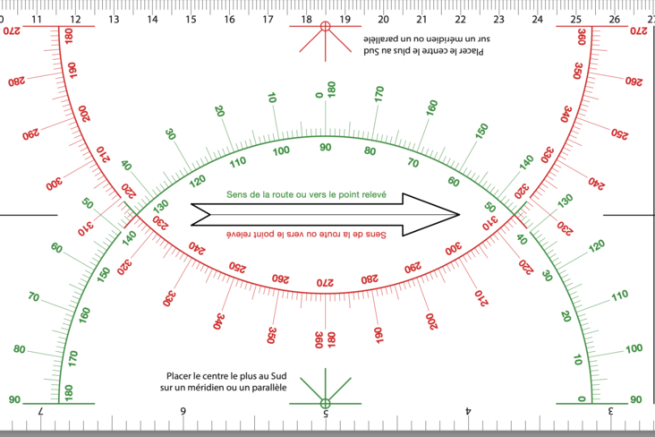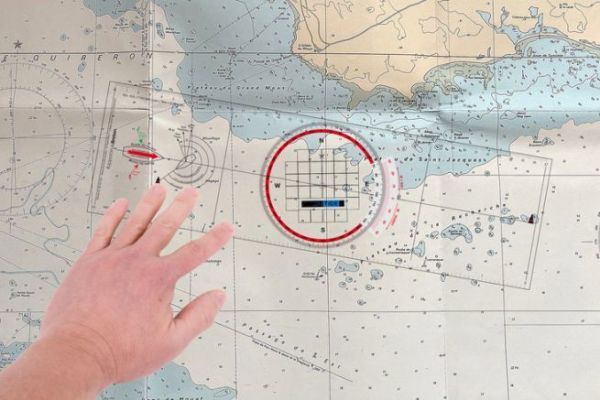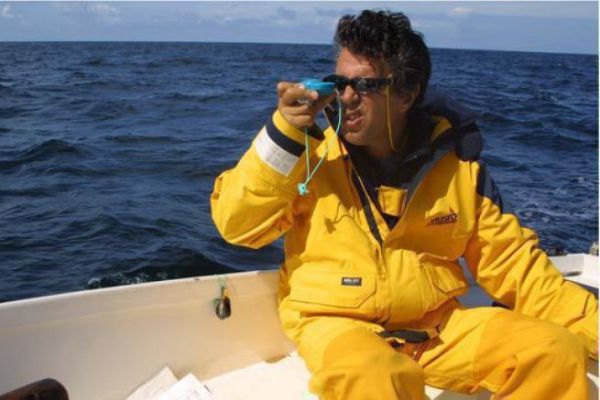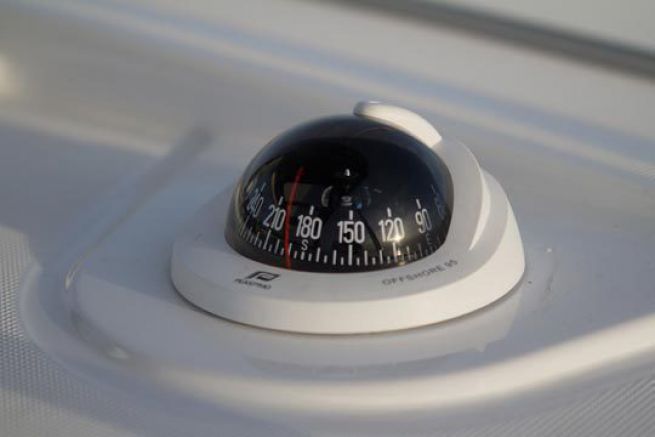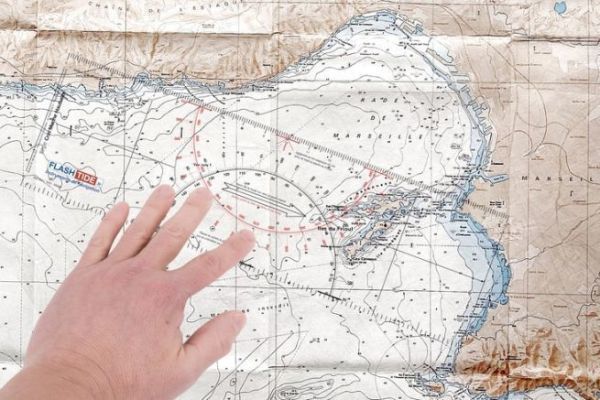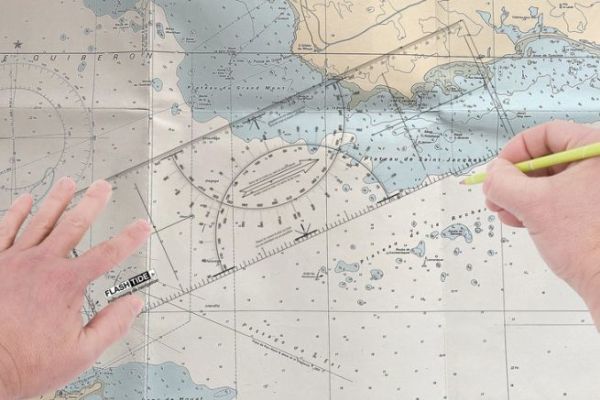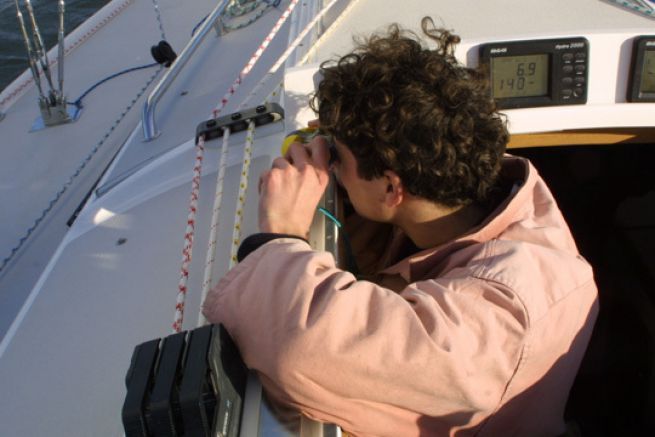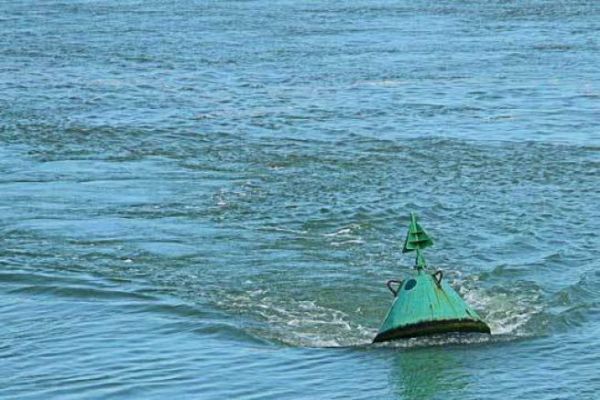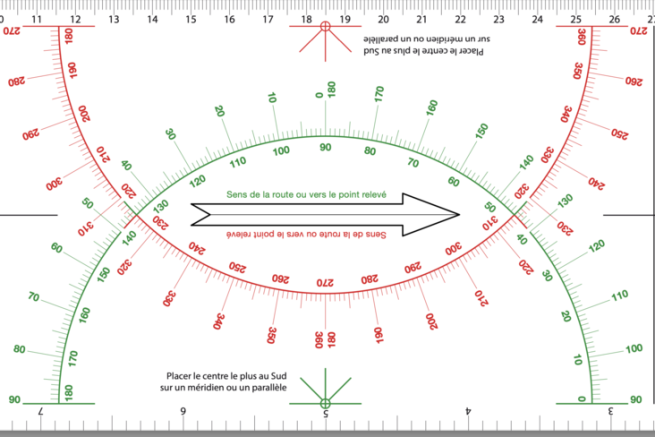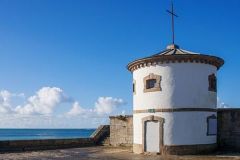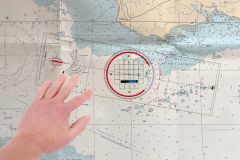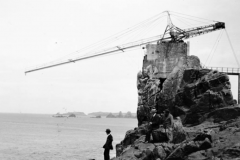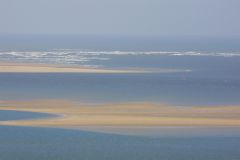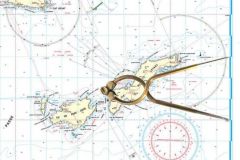Every navigator knows the name Cras, having read it over and over again on their ruler of the same name. This double protractor ruler has been used since 1917 to plot routes and bearings on a maritime or aerial navigation chart, and to mark points on it. It is used in the 4 navies as well as in aeronautics.
But why Crasâeuros?
It's simply the name of its inventor, Jean Cras, who was also a pianist, author and composer, and whose pieces are regularly performed.
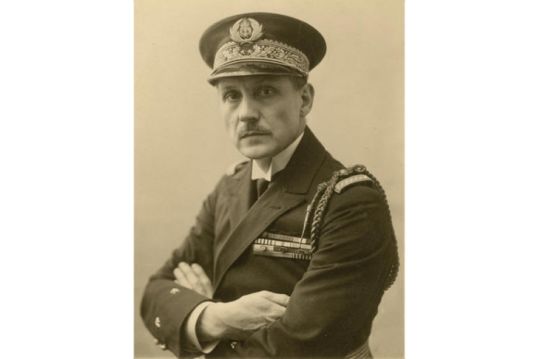
A career in the navy
Emile Jean Paul Cras was born in Brest on May 22, 1879, at the end of the earth, where the land begins and to which he will always remain attached.
Throughout his youth, Jean benefited from a refined upbringing. His mother, Marie Claire Pauline Robin, kept a salon, as was customary in the late 19th century, and it was there that his first cultural references were forged through poetry and music. Jean Cras entered the École Navale at the age of 17, in keeping with family tradition; his father, Pierre Charles Cras, was a naval doctor. He excelled in scientific subjects, a harbinger of his talent as an inventor.
Once school was out, Jean Cras set off on long voyages to discover new horizons. They were to inspire his music. He then joined the First World War on the Mediterranean front, notably during the fighting at the Dardanelles. Alternating between staff positions ashore and commands at sea, he remained active until his death in 1932, with the rank of Rear-Admiral.
Invention of the Cras rule
Throughout his years with the "Royale" (a well-known nickname for the otherwise republican French Navy), Jean Cras sought to improve maritime and military techniques. Esteemed by his crews, he sought to make the Navy's methods more efficient.
The "protractor rule" that bears his name, developed in the aftermath of the 14-18 war, is without doubt his most famous invention. It was during his time as professor of naval architecture at the "Baille*" ( nickname for the Naval Academy that trains senior officers for the French Navy) to help the "Bordaches" ( nickname for Naval Academy students)...

With a single tool, it can be used either to plot compass readings taken at landmarks (remarkable points on the coast) on a chart, in order to determine the ship's position by triangulation, or to calculate the course to follow to reach a given location.
Many other inventions
In 1904, while in charge of the ship's chronometers (essential for navigation), he invented a signal combiner for transmitting electrical signals between ships. This became standard equipment on board French Navy vessels.
He also designed a wireless communication system for submarines, about which little is known. The subject was then at the cutting edge of technology, as submarines had to demonstrate their importance during the First World War.
Cras' inventiveness didn't stop with the military. For crew comfort, he developed a token-operated shower system, modernizing that used on the Royale. He also invented an electronic baton to be attached to a music stand, enabling music rehearsals without a conductor.
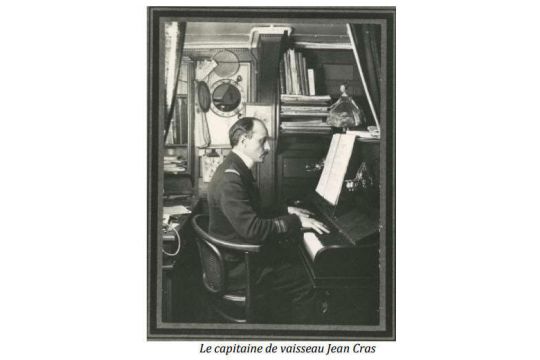
An outstanding composer
Although he is now partly forgotten as a composer, Jean Cras was as famous during his lifetime as Ravel or Debussy. As soon as he could, he sacrificed his berth on board to take on an upright piano, then a demi-queue. His works were nourished by two main influences: his native Brittany and the melodies he collected on his travels.
The collection of traditional melodies was very much in vogue at the beginning of the 20th century, and the works of late 19th-century romantics such as the Barzaz Breiz* ( chants populaires de la Bretagne is a collection of songs collected, lyrics and music, in the Breton part of Brittany in the XIXth century e siècle, translated and annotated by Viscount Théodore Hersart de La Villemarqué) by Henri de La Villemarqué, had a profound impact on their contemporaries. Breton tunes can be found in " Caption " for cello and orchestra.
Finally, navigation also inspires him to write many melodies. Among the best-known are Logbook .
To music lovers, Jean Cras leaves a prolific body of work,
His legacy to sailors is a practical tool that continues to prove its worth in the age of GPS,
To gourmets, good reasons to enjoy chocolate, because it stimulated his imagination and inspiration...

 /
/ 